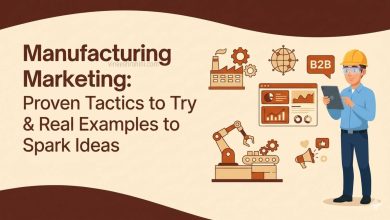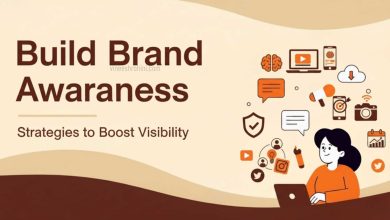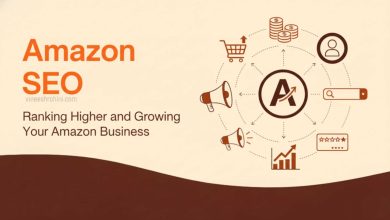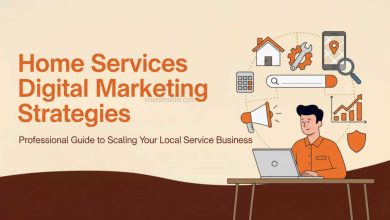Email Marketing vs SMS Marketing : Comprehensive Guide 2025
Email Marketing vs SMS Marketing : In 2025, digital marketing continues to evolve rapidly, offering brands multiple touchpoints to communicate with customers. Among these, Email Marketing and SMS Marketing remain two of the most trusted, measurable, and cost-effective tools for audience engagement. Both channels offer direct access to users but differ in their formats, reach, response times, and impact on conversions.
Table of Contents
As businesses strive for personalization and immediate customer engagement, understanding the core differences between these two strategies becomes vital. This comprehensive guide explores how Email and SMS marketing work, their benefits and limitations, and how to choose the best one for your marketing strategy in 2025.
What is Email Marketing?

Email Marketing refers to the process of sending commercial messages, newsletters, or personalized offers directly to a user’s inbox. It is one of the oldest yet most effective forms of digital communication. With billions of active email users globally, this channel allows brands to build long-term relationships, nurture leads, and promote products efficiently. Modern tools like Mailchimp, ConvertKit, and HubSpot have made email marketing smarter and more automated, empowering businesses to deliver content tailored to each user’s interests.
What is SMS Marketing?
SMS Marketing involves sending short, text-based messages directly to users’ mobile phones. Typically limited to 160 characters, SMS campaigns are known for their immediacy and exceptionally high open rates. SMS marketing is widely used for promotional offers, flash sales, reminders, and transactional alerts. With nearly every individual owning a smartphone in 2025, SMS marketing continues to be a powerful channel for time-sensitive communication, making it ideal for businesses seeking quick responses or driving instant actions.
The Rise of Email Marketing in 2025
Email Marketing has evolved significantly from the early 2000s. In 2025, it is far more personalized, data-driven, and automated. Thanks to AI and predictive analytics, brands can now deliver dynamic email content that changes based on user behavior. For instance, e-commerce companies use AI-powered tools to recommend products based on past purchases, while SaaS companies automate onboarding sequences and renewal reminders. Moreover, privacy updates like GDPR and India’s Digital Personal Data Protection Act (DPDP) have encouraged businesses to focus on consent-based, transparent communication, improving engagement quality. The use of AMP (Accelerated Mobile Pages) in emails has also enabled interactive content—allowing users to take actions like filling forms or checking out products directly within the email itself.
The Growth of SMS Marketing in 2025
SMS marketing has become indispensable in modern marketing ecosystems, particularly due to its speed and open rate. In 2025, over 6.9 billion people globally use smartphones, and more than 80% of consumers prefer brands that send personalized mobile messages. With RCS (Rich Communication Services) becoming mainstream, SMS has transformed into a more interactive experience—featuring visuals, buttons, and multimedia similar to chat apps. Brands can now send interactive SMS campaigns that allow users to view images, track orders, or reply directly. Moreover, industries like banking, healthcare, and retail have adopted SMS automation for instant updates, confirmations, and two-factor authentication, reinforcing the channel’s reliability.
Key Benefits of Email Marketing
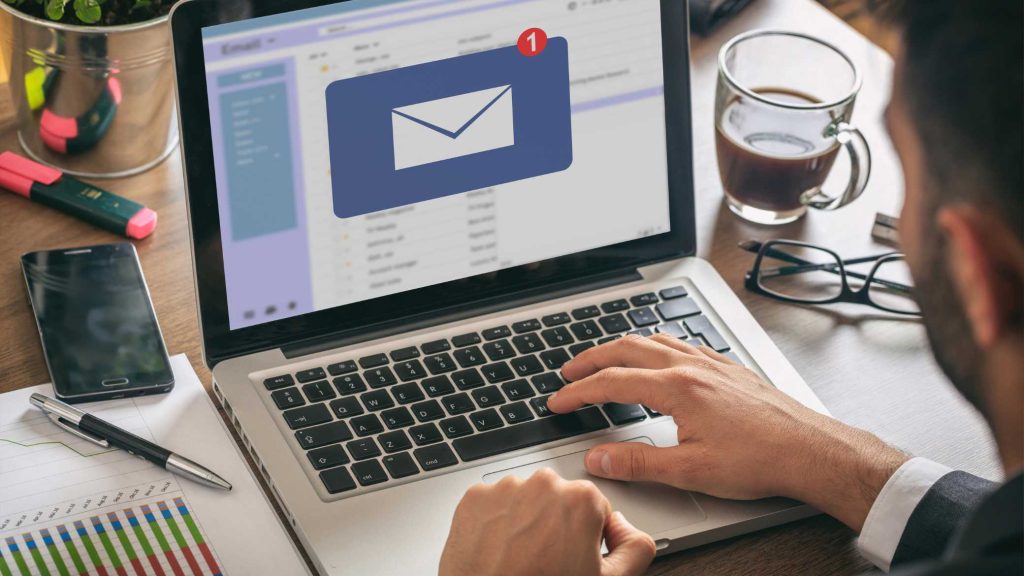
- High Return on Investment (ROI): With an ROI of over 36:1, email remains one of the most cost-effective marketing tools in 2025.
- Rich Content Delivery: Emails support text, visuals, GIFs, videos, and links, making them perfect for storytelling and product showcasing.
- Automation and Personalization: Tools like AI copywriters and dynamic content blocks allow marketers to create personalized emails at scale.
- Segmentation: Businesses can target specific user groups based on demographics, behavior, or purchase history, increasing relevance.
- In-depth Analytics: Email platforms provide detailed metrics such as open rates, CTRs, and conversions, enabling performance optimization.
- Integration Capability: Email integrates seamlessly with CRM systems, social media, and automation tools.
Key Benefits of SMS Marketing
- Unmatched Open Rate: SMS boasts an open rate of around 98%, far higher than email.
- Instant Delivery: Messages are typically read within 3 minutes, ensuring immediate engagement.
- Higher Conversion Rate: SMS campaigns often deliver up to 30% conversion rates for flash sales or time-sensitive offers.
- Simple and Direct: The concise format ensures users understand the message instantly.
- No Internet Required: SMS works even without a data connection, making it universally accessible.
- Excellent for Alerts and Reminders: Ideal for order confirmations, OTPs, and appointment reminders.
Limitations of Email Marketing
- Lower Open Rates: Average open rates hover between 20–30%, which can vary by industry.
- Spam Filters: Poorly optimized or overly promotional emails can end up in spam folders.
- Delayed Response Time: Emails are not always checked immediately, unlike SMS.
- Overcrowded Inboxes: The volume of marketing emails can lead to fatigue and unsubscribes.
- Design Complexity: Emails require proper design and rendering for multiple devices.
Limitations of SMS Marketing
- Character Limitations: 160 characters restrict creativity and message detail.
- Limited Visual Appeal: While RCS helps, SMS is still less visual than email.
- Privacy and Compliance Challenges: Requires consent under strict anti-spam regulations.
- Higher Cost per Message: Sending bulk SMS campaigns can be expensive compared to email.
- Difficult Tracking: Analytics for SMS are limited compared to detailed email metrics.
Performance Comparison: Email Marketing vs SMS Marketing
When comparing both channels, each excels in different performance areas. Email Marketing is best suited for detailed content, nurturing leads, and building long-term relationships. SMS Marketing, on the other hand, is perfect for time-sensitive communication that demands immediate attention.
Also Read : Personal Branding with Digital Marketing : Comprehensive Guide 2025
In terms of engagement, SMS clearly wins with its 98% open rate compared to email’s average of 25%. However, when it comes to delivering rich content and nurturing customers, email takes the lead due to its flexibility and automation capabilities. Both channels show strong synergy when used together—for example, sending an email campaign for detailed product promotions and following up with an SMS reminder to increase conversions.
Use Cases: When to Use Email Marketing
- Newsletters and Brand Updates: Ideal for weekly or monthly newsletters.
- Product Launches and Promotions: Suitable for in-depth announcements and visuals.
- Customer Onboarding: Automated welcome emails and product tutorials.
- E-commerce: Cart abandonment reminders, order confirmations, and post-purchase emails.
- B2B Marketing: Ideal for whitepapers, case studies, and lead nurturing sequences.
Use Cases: When to Use SMS Marketing
- Time-Sensitive Offers: Limited-time discounts and flash sales.
- Transactional Alerts: OTPs, payment confirmations, and shipping updates.
- Event Reminders: Webinars, meetings, or appointment confirmations.
- Customer Feedback Requests: Short surveys and satisfaction ratings.
- Crisis Communication: Instant updates during service outages or emergencies.
Integration of Email and SMS Marketing
The most successful brands in 2025 don’t treat Email and SMS as competitors but as complementary channels. For instance, an e-commerce business can send a detailed email about a new sale and follow it with a quick SMS reminder just before the sale ends. Integration tools like Klaviyo, ActiveCampaign, and Omnisend allow seamless synchronization of both channels—tracking user behavior across email and mobile to deliver coordinated messages. This omnichannel approach ensures higher engagement, brand recall, and customer satisfaction.
Automation and AI in Email & SMS Marketing

Artificial Intelligence has completely reshaped both email and SMS marketing in 2025. AI-driven automation now allows marketers to predict the best time to send messages, craft personalized offers, and segment audiences automatically. Email platforms use predictive personalization to adjust subject lines, design, and offers in real-time. Similarly, SMS tools leverage AI to determine the best moment to send messages for maximum engagement. Chatbots integrated with SMS and email can also respond automatically, improving the customer experience.
Compliance and Data Privacy in 2025
With increasing data privacy regulations like GDPR, TCPA, and India’s DPDP Act, compliance has become a top priority for marketers. Businesses must ensure user consent before sending any promotional messages via email or SMS. Opt-in and opt-out processes should be transparent and easily accessible. Violations can result in hefty fines, but following best practices builds trust and brand credibility. Both channels now include AI-driven compliance monitoring tools that automatically manage consent lists and avoid sending unsolicited messages.
Cost Comparison: Email vs SMS Marketing
Email marketing is significantly cheaper on a per-message basis. Most email platforms charge based on the number of subscribers, and sending thousands of emails costs very little. In contrast, SMS marketing typically charges per text message, making large campaigns more expensive. However, SMS provides immediate visibility, which often results in higher ROI for flash promotions. The most cost-effective strategy in 2025 involves using both channels strategically—email for mass communication and SMS for targeted, high-impact messages.
Future Trends in Email and SMS Marketing
The future of marketing lies in integration, personalization, and automation. Emails will become more interactive through AMP and AI-generated content, while SMS will continue evolving through RCS (Rich Communication Services), allowing multimedia messages and even in-message payments. Voice-activated marketing through AI assistants will also merge with SMS and email notifications, creating a fully connected ecosystem. As consumers demand faster and more personalized communication, both channels will remain indispensable in digital strategies for years to come.
Which is Better for Your Business in 2025?
Choosing between email and SMS marketing depends on your goals, audience, and message type. If your objective is to deliver rich, educational, and visually appealing content, Email Marketing is ideal. But if your goal is to grab attention instantly or promote a flash sale, SMS Marketing performs better. The best-performing businesses use both in synergy—using Email for storytelling and SMS for instant response. A hybrid approach ensures consistent communication across devices and maximizes engagement across the marketing funnel.
Email Marketing vs SMS Marketing – Conclusion

In conclusion, Email Marketing vs SMS Marketing in 2025 isn’t about choosing one over the other but understanding how to leverage both effectively. Email continues to offer unparalleled flexibility, personalization, and ROI, while SMS delivers unmatched immediacy and engagement. The combination of the two creates a powerful, multi-channel strategy capable of driving conversions, building relationships, and enhancing brand trust.
Buy Now : Courier & Logistics Website
As technology evolves, marketers must adapt by embracing automation, personalization, and compliance to stay ahead. In the competitive digital world of 2025, businesses that blend Email and SMS Marketing smartly will not just reach their audience—but truly connect with them.
Keywords : Email Marketing vs SMS Marketing – Email Marketing vs SMS Marketing 2025
